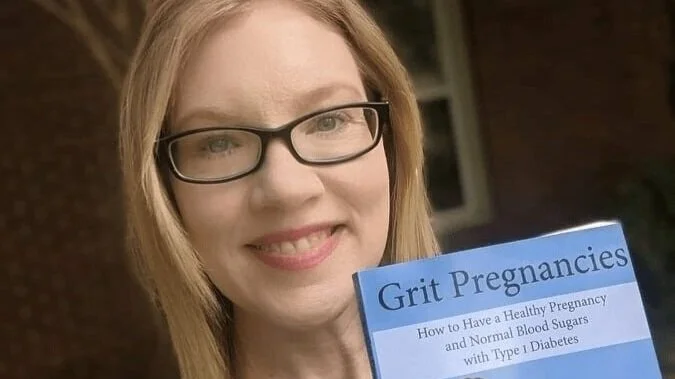Most of you drive a car. Or ride a bike. Or a scooter, or rollerblade, or something that propels you forward beyond your two feet.
Think about how you steer.
You make small movements in one direction, then small corrections in the other direction in order to continue going in a straight line.
This is the same with diabetes management -- and Dr. Bernstein's Law Of Small Numbers.

Small inputs (food & insulin) create the small movements -- and require only small corrections (glucose or insulin) when needed.
If you contrast that with big inputs, in driving OR diabetes management, you'll go zooming in one direction or the other, requiring large corrections.
Worst case scenario, you crash, with potentially tragic consequences.
What are the two key elements of optimal diabetes management, and how can we ensure 'luck' is on our side? The answer is simple, but not easy.
When people start optimizing blood sugar levels, many erroneously believe that lower numbers are always better.
Learn about hypoglycemia, where to set your alarms, how to find your hypoglycemia percentage, and why lower blood sugar is NOT better.
Processed food addiction is common, and can be a barrier for those with diabetes who want to gain control of blood sugar levels and weight. Lucy of diaVerge Diabetes interviews Dr. Joan Ifland, expert in processed food addiction here.
Are you a person who knows what you should do and does it? Or are you a person who gets lost in the details or procrastination, and never takes the steps to do what you want to do?









Observations of a decade of low carb for T1D management. Has it been worth it? What are the regrets? And what has changed in that time.